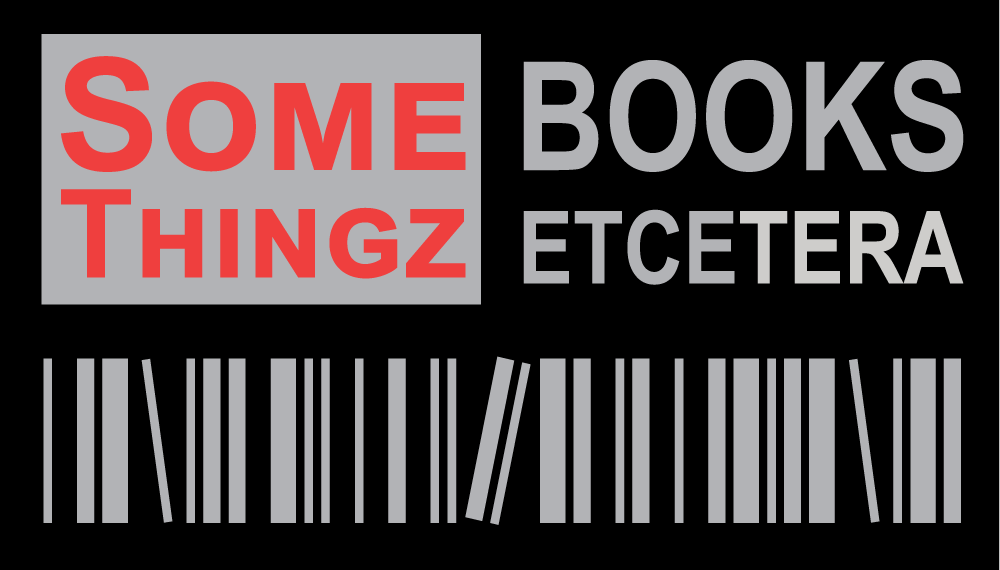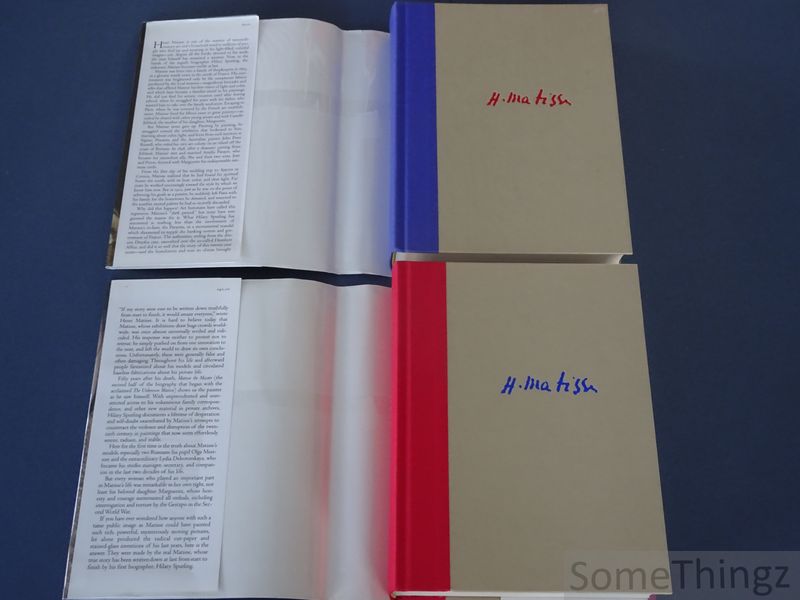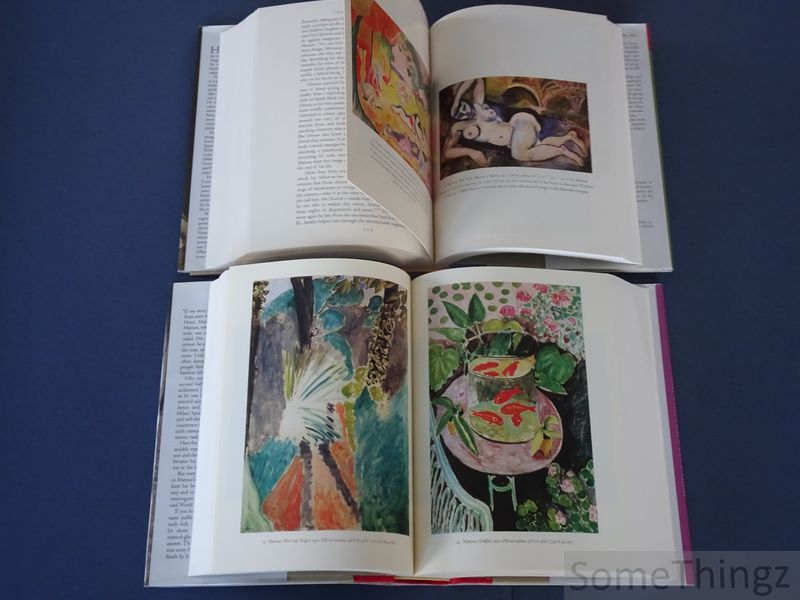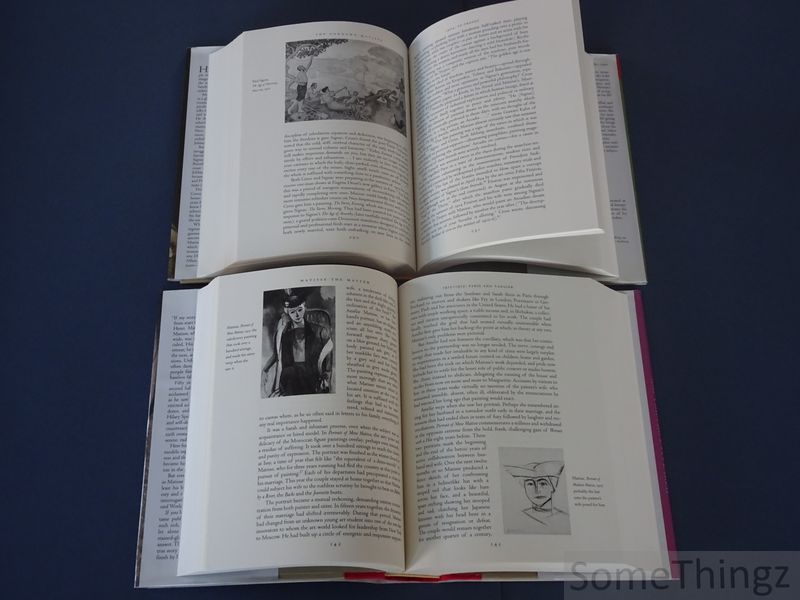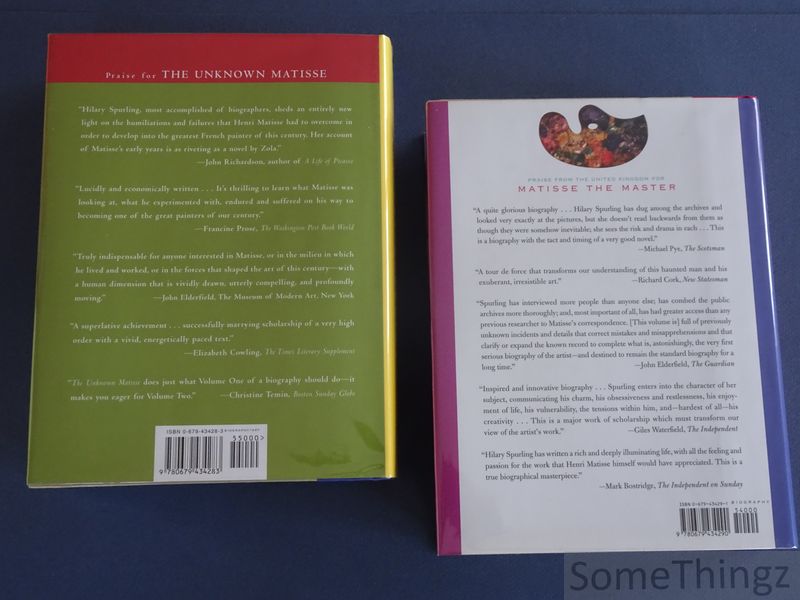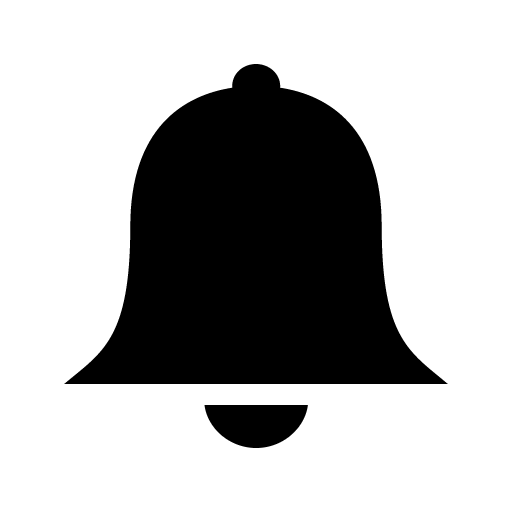BOOKS
Hilary Spurling.
A life of Henri Matisse.
Vol. 1: The unknown Matisse. The early years, 1869-1908. Vol. 2: Matisse the master. The conquest of colour, 1909-1954.
New York, Knopf, 2005-2006.
Sold
2 vols., bound, cloth with original dustjackets (protected with removable cellophane), xxv+480+xxi+512pp., illustr. in col. and b/w. in very good condition. As new.
'If my story were ever to be written down truthfully from start to finish, it would amaze everyone,' wrote Henri Matisse. It is hard to believe today that Matisse, whose exhibitions draw huge crowds worldwide, was once almost universally reviled and ridiculed. His response was neither to protest nor to retreat; he simply pushed on from one innovation to the next, and left the world to draw its own conclusions. Unfortunately, these were generally false and often damaging. Throughout his life and afterward people fantasized about his models and circulated baseless fabrications about his private life. Fifty years after his death, Matisse the Master (the second half of the biography that began with the acclaimed The Unknown Matisse) shows us the painter as he saw himself. With unprecedented and unrestricted access to his voluminous family correspondence, and other new material in private archives, Hilary Spurling documents a lifetime of desperation and self-doubt exacerbated by Matisse?s attempts to counteract the violence and disruption of the twentieth century in paintings that now seem effortlessly serene, radiant, and stable. Here for the first time is the truth about Matisse?s models, especially two Russians: his pupil Olga Meerson and the extraordinary Lydia Delectorskaya, who became his studio manager, secretary, and companion in the last two decades of his life. But every woman who played an important part in Matisse?s life was remarkable in her own right, not least his beloved daughter Marguerite, whose honesty and courage surmounted all ordeals, including interrogation and torture by the Gestapo in the Second World War. If you have ever wondered how anyone with such a tame public image as Matisse could have painted such rich, powerful, mysteriously moving pictures, let alone produced the radical cut-paper and stained-glass inventions of his last years, here is the answer. They were made by the real Matisse, whose true story has been written down at last from start to finish by his first biographer, Hilary Spurling.Henri Matisse is one of the masters of twentieth-century art and a household word to millions of people who find joy and meaning in his light-filled, colorful images--yet, despite all the books devoted to his work, the man himself has remained a mystery. Now, in the hands of the superb biographer Hilary Spurling, the unknown Matisse becomes visible at last. Matisse was born into a family of shopkeepers in 1869, in a gloomy textile town in the north of France. His environment was brightened only by the sumptuous fabrics produced by the local weavers--magnificent brocades and silks that offered Matisse his first vision of light and color, and which later became a familiar motif in his paintings. He did not find his artistic vocation until after leaving school, when he struggled for years with his father, who wanted him to take over the family seed-store. Escaping to Paris, where he was scorned by the French art establishment, Matisse lived for fifteen years in great poverty--an ordeal he shared with other young artists and with Camille Joblaud, the mother of his daughter, Marguerite. But Matisse never gave up. Painting by painting, he struggled toward the revelation that beckoned to him, learning about color, light, and form from such mentors as Signac, Pissarro, and the Australian painter John Peter Russell, who ruled his own art colony on an island off the coast of Brittany. In 1898, after a dramatic parting from Joblaud, Matisse met and married Amélie Parayre, who became his staunchest ally. She and their two sons, Jean and Pierre, formed with Marguerite his indispensable intimate circle. From the first day of his wedding trip to Ajaccio in Corsica, Matisse realized that he had found his spiritual home: the south, with its heat, color, and clear light. For years he worked unceasingly toward the style by which we know him now. But in 1902, just as he was on the point of achieving his goals as a painter, he suddenly left Paris with his family for the hometown he detested, and returned to the somber, muted palette he had so recently discarded. Why did this happen? Art historians have called this regression Matisse's "dark period," but none have ever guessed the reason for it. What Hilary Spurling has uncovered is nothing less than the involvement of Matisse's in-laws, the Parayres, in a monumental scandal which threatened to topple the banking system and government of France. The authorities, reeling from the divisive Dreyfus case, smoothed over the so-called Humbert Affair, and did it so well that the story of this twenty-year scam--and the humiliation and ruin its climax brought down on the unsuspecting Matisse and his family--have been erased from memory until now. It took many months for Matisse to come to terms with this disgrace, and nearly as long to return to the bold course he had been pursuing before the interruption. What lay ahead were the summers in St-Tropez and Collioure; the outpouring of "Fauve" paintings; Matisse's experiments with sculpture; and the beginnings of acceptance by dealers and collectors, which, by 1908, put his life on a more secure footing. Hilary Spurling's discovery of the Humbert Affair and its effects on Matisse's health and work is an extraordinary revelation, but it is only one aspect of her achievement. She enters into Matisse's struggle for expression and his tenacious progress from his northern origins to the life-giving light of the Mediterranean with rare sensitivity. She brings to her task an astonishing breadth of knowledge about his family, about fin-de-siècle Paris, the conventional Salon painters who shut their doors on him, his artistic comrades, his early patrons, and his incipient rivalry with Picasso. In Hilary Spurling, Matisse has found a biographer with a detective's ability to unearth crucial facts, the narrative power of a novelist, and profound empathy for her subject.
